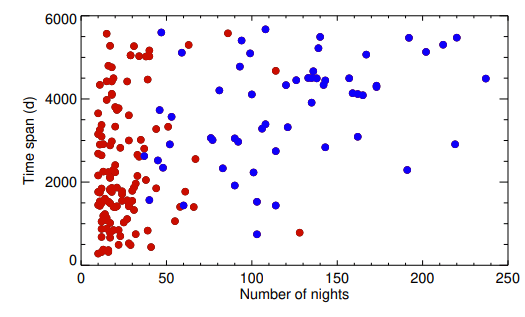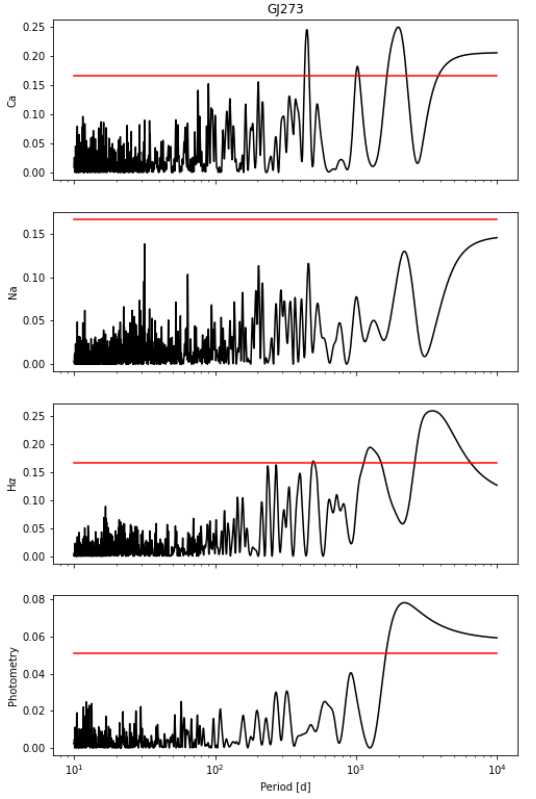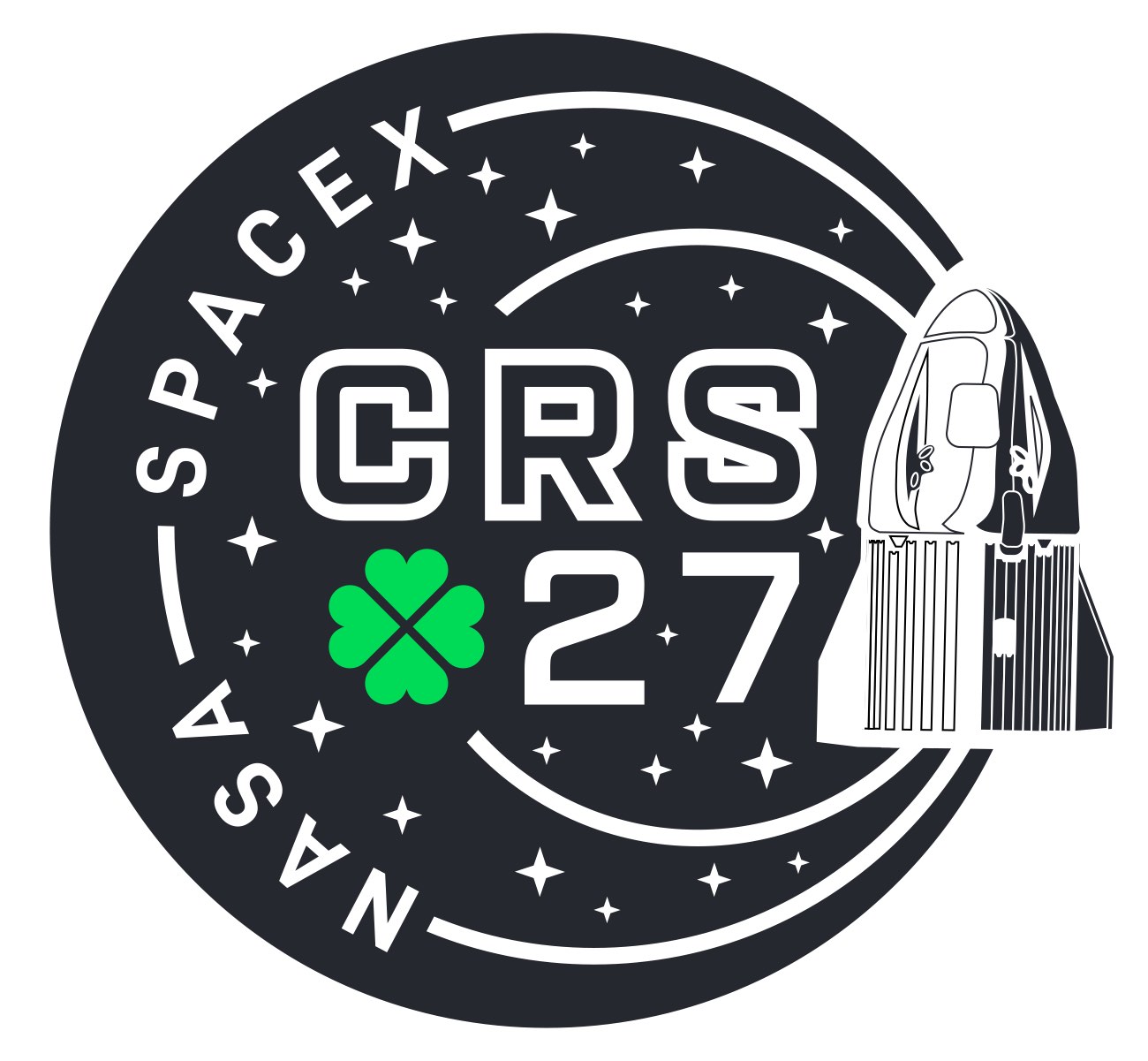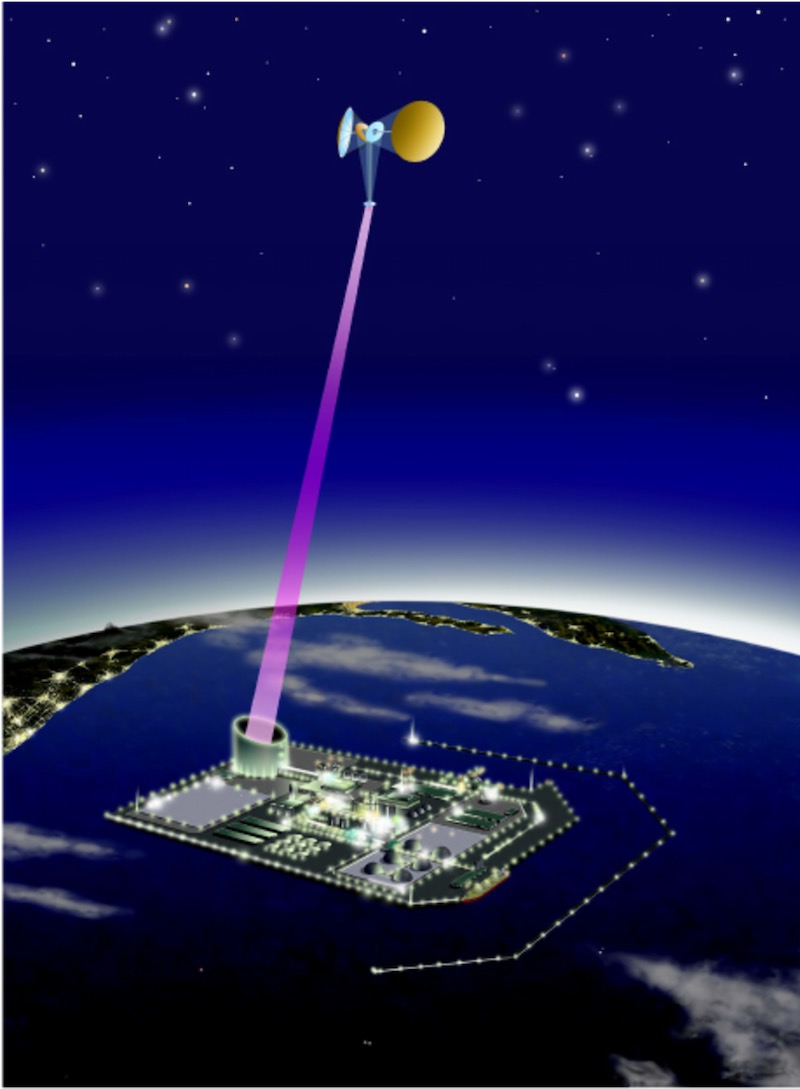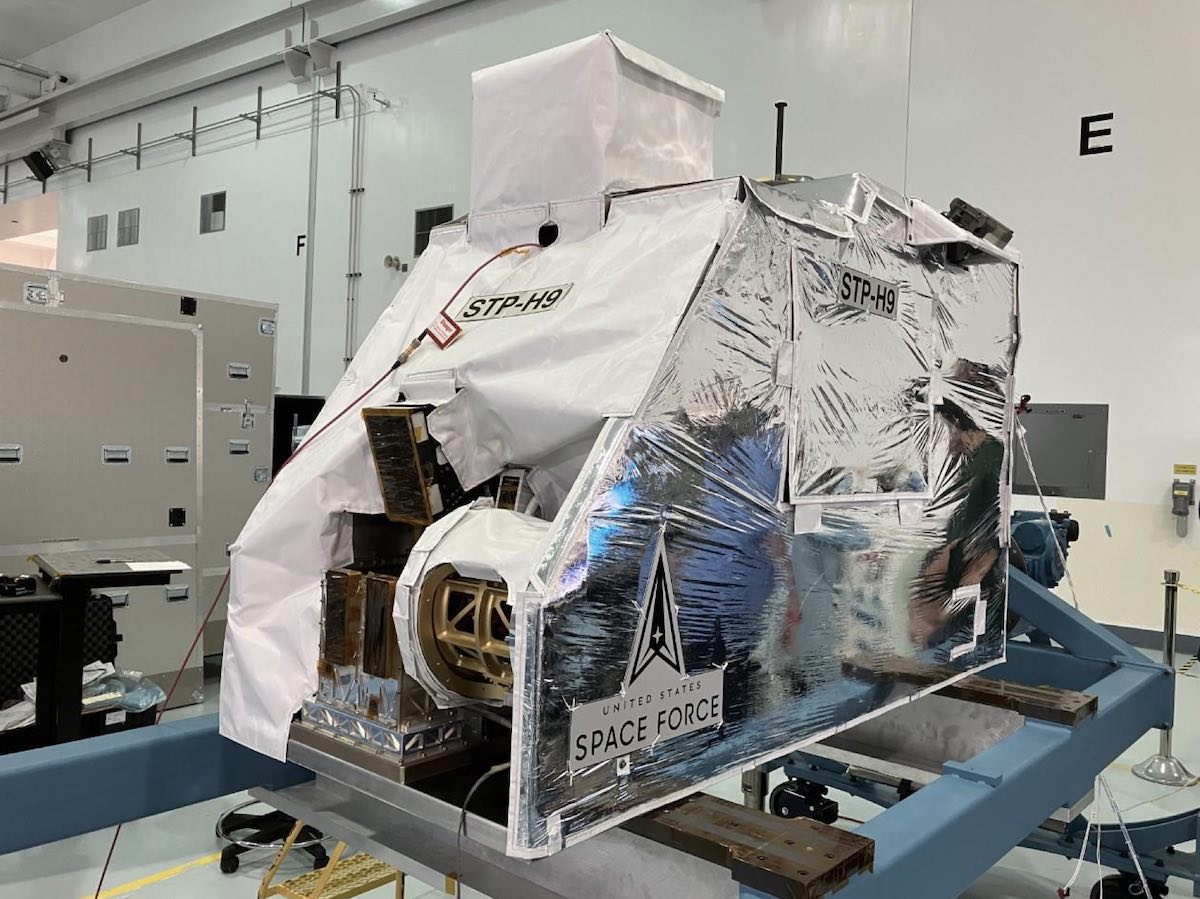Nearly eight years after its historic Pluto flyby, NASA’s New Horizons probe is getting ready for another round of observations made from the icy edge of the solar system — and this time, its field of view will range from Uranus and Neptune to the cosmic background far beyond our galaxy.
Scientists on the New Horizons team shared their latest discoveries, and provided a preview of what’s ahead, during this week’s Lunar and Planetary Science Conference in The Woodlands, Texas.
It’s been 17 years since the piano-sized New Horizons spacecraft was launched toward Pluto and the Kuiper Belt, The primary mission hit its peak in 2015 when the probe zoomed past Pluto, but the adventure moved on to a second act that focused on a smaller, two-lobed object called Arrokoth — a name derived from the Powhatan/Algonquin word for “sky.”
Scientists are still sifting through the data from the Pluto flyby, and from the Arrokoth flyby on New Year’s Day of 2019, more than 4 billion miles from the sun.
Arrokoth’s Origins
Alan Stern, a planetary scientist at the Southwest Research Institute who serves as the mission’s principal investigator, said that close study of Arrokoth’s structure has yielded fresh insights about the early days of the solar system.







